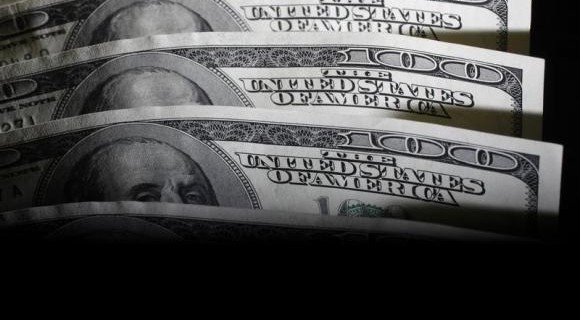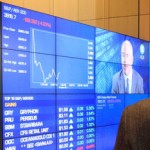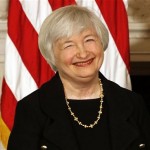U.S. Third-Quarter GDP Revised Down to 2.0% Growth

The economy expands at a slightly slower pace than initially estimated in the third quarter
The U.S. economy expanded at a slightly slower pace than initially estimated in the third quarter, as companies spent less stockpiling their inventories.
Gross domestic product, the broadest measure of goods and services produced across the economy, advanced at a 2.0% seasonally adjusted annual rate in the third quarter, the Commerce Department said Tuesday. The agency last month had estimated third-quarter GDP growth of 2.1%.
Economists surveyed by The Wall Street Journal estimated the latest revision would show 1.9% growth.
The July through September reading marks a sharp slowdown from the second quarter’s 3.9% rate of expansion, reflecting the drag from inventory drawdown and a deceleration in consumer and business spending.
The reading suggests 2015 is on track to close out another year of steady if unspectacular growth, bolstered by a firming job market, strong home sales and pockets of wage increases. But headwinds remain: Despite low gasoline prices, consumer spending has been muted throughout the year. Weakness in overseas economies, a strong dollar and low oil prices have weighed on the manufacturing, mining and energy sectors at home, damping business investment and exports and causing thousands of layoffs.
The median projection from Fed officials as of December was for GDP to grow 2.1% this year and 2.4% in 2016.
Tuesday’s revisions showed a larger drag from private inventories than had been previously estimated, as companies let their stockpiles dwindle. But the underlying details point to steady domestic demand.
Consumer spending grew at an unrevised 3.0% annual rate, contributing 2.04 percentage points to the quarter’s 2.0% growth rate.
A breakout in consumer spending in the world’s largest economy could help spur growth in the face of slowing demand outside the U.S., but many consumers feel constrained thanks to modest wage growth and rapidly rising costs for essentials like shelter and medical care. Household spending on services rose at a 2.1% pace, with health care outlays alone accounting for 0.4 percentage points of the quarter’s GDP growth.
Much of the discretionary spending this year has been on big-ticket items like cars, homes and furniture. With the Federal Reserve likely to gradually ramp up short-term interest rates next year, these kinds of large purchases, usually paid for in installments, may become more expensive.
Nonresidential fixed investment, a measure of business spending, was revised up to a 2.6% annual pace from an earlier estimate of 2.4%.
Spending on business equipment rose 9.9%, after an earlier estimate of 9.5%. But while equipment spending strengthened in the third quarter, growth in the first half of the year was lackluster.
Nonresidential fixed investment specifically in structures—such as factories, office buildings or warehouses—fell 7.2%, compared to an earlier estimate of a 7.1% drop.
Companies, especially those exposed to overseas markets, have been slow to invest in new equipment, buildings and computers this year, which could restrain economic growth and productivity going forward.
Spending on residential investment, such as new home construction and home remodeling, was revised up to 8.2% from an earlier estimate of 7.3%.
The continuing strength of the U.S. dollar has dented exports by domestic manufacturers. Net exports grew by 0.7%, a slower pace than the previous estimate of 0.9%. Imports rose 2.3%, slightly stronger than previous 2.1% estimate. The strong dollar has made imports cheaper for U.S. consumers, but a slowdown in exports and a rise in imports weighs on GDP.
Overall government spending rose 1.8% in the third quarter, a slight uptick from the previously estimated 1.7%. Federal nondefense spending rose 2.8% in the third quarter, the biggest increase since the first quarter of 2014, and defense spending fell 1.4%. Spending at the state and local level also grew 2.8% compared with a previously estimated 2.6%.
Source: WSJ – U.S. Third-Quarter GDP Revised Down to 2.0% Growth





























